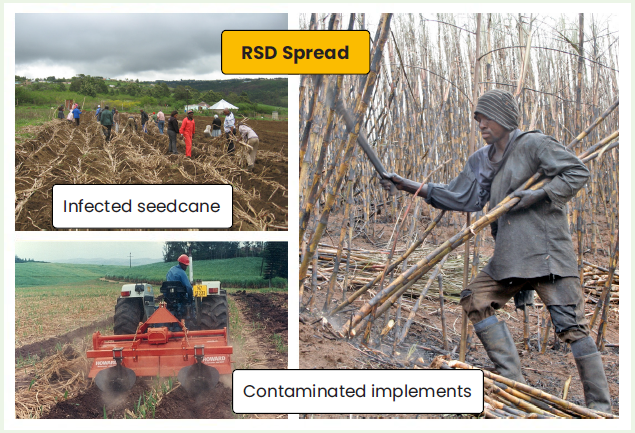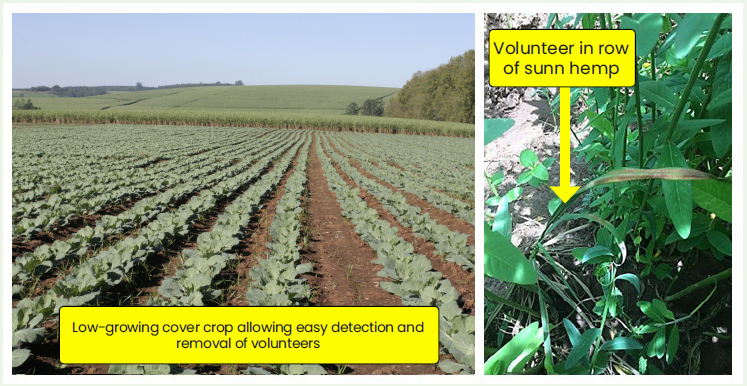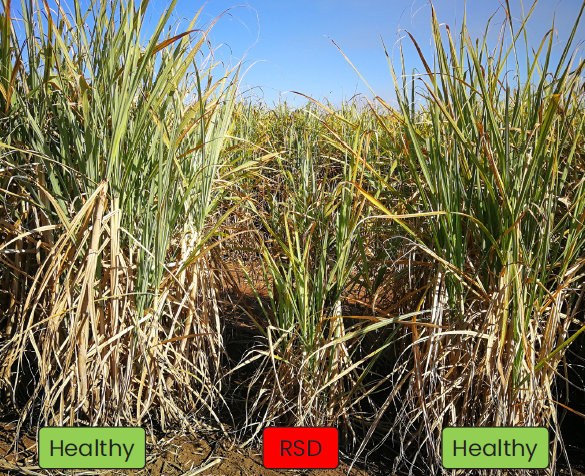Managing Ratoon Stunt (RSD) in Sugarcane
Some areas in the industry are reporting an increase in the number of fields testing positive for ratoon stunt, formerly known as ratoon stunting disease (RSD).
The disease, which can cause substantial yield losses, often goes unnoticed due to its lack of obvious external symptoms, leading to inadvertent spread via infected seedcane and on contaminated equipment during harvesting.
RSD is mainly spread by:
- planting infected seedcane,
- the survival of infected volunteers,
- the transmission of the RSD bacteria on contaminated equipment. This includes cane knives, mechanical harvesters and planters, and mowers and mulchers used to process droughted, frost damaged unmillable, or poor-quality cane.

Managing RSD
- Use only certified or approved seedcane for planting. Do not use planting material from commercial fields.
- Know the RSD status of your fields. Growers should suspect RSD in fields that do not yield as well as expected or that yield increasingly poorly as the disease spreads with each harvest operation. Ask the Biosecurity Inspectorate to take samples from these fields for testing.
- If RSD is detected, the following steps can be taken to reduce the risk of spread to surrounding healthy fields:
- Disinfect cane knives when moving from one commercial field to another and at the end of each day. If contractors are responsible for harvesting your fields, ensure that the equipment used is disinfected when they move onto the farm. It is important to note the contact time of the disinfectant used. This affects the efficacy of the chemical. See Table below for disinfectants and contact times.
- When a field is eradicated in preparation for replant, ensure that the fallow period is sufficient to allow the effective removal of volunteers. Volunteers are an important source of RSD and newly planted fields will quickly become infected if they are not removed before planting. Commercial fields should be free of all cane regrowth for at least 3 months – this may take up to 9 months to achieve. Choose low-growing cover crops to allow for the easy identification and removal of volunteers. Tall crops, such as sunn hemp, should be avoided in previously infected fields as volunteers can be difficult to detect.
- Where possible, RSD-infected fields should be harvested after healthy fields.



